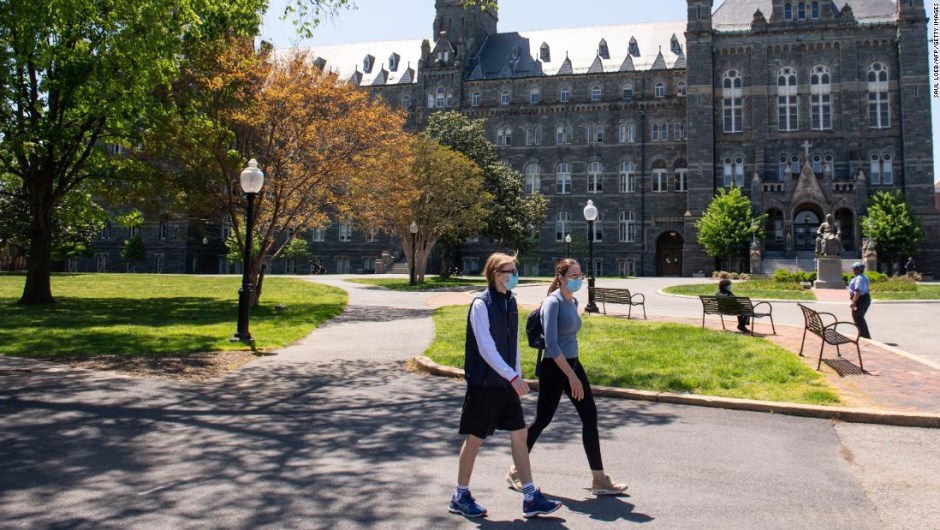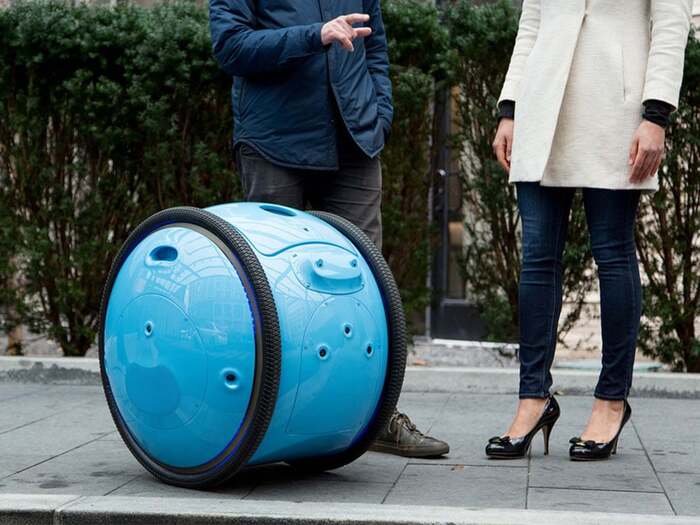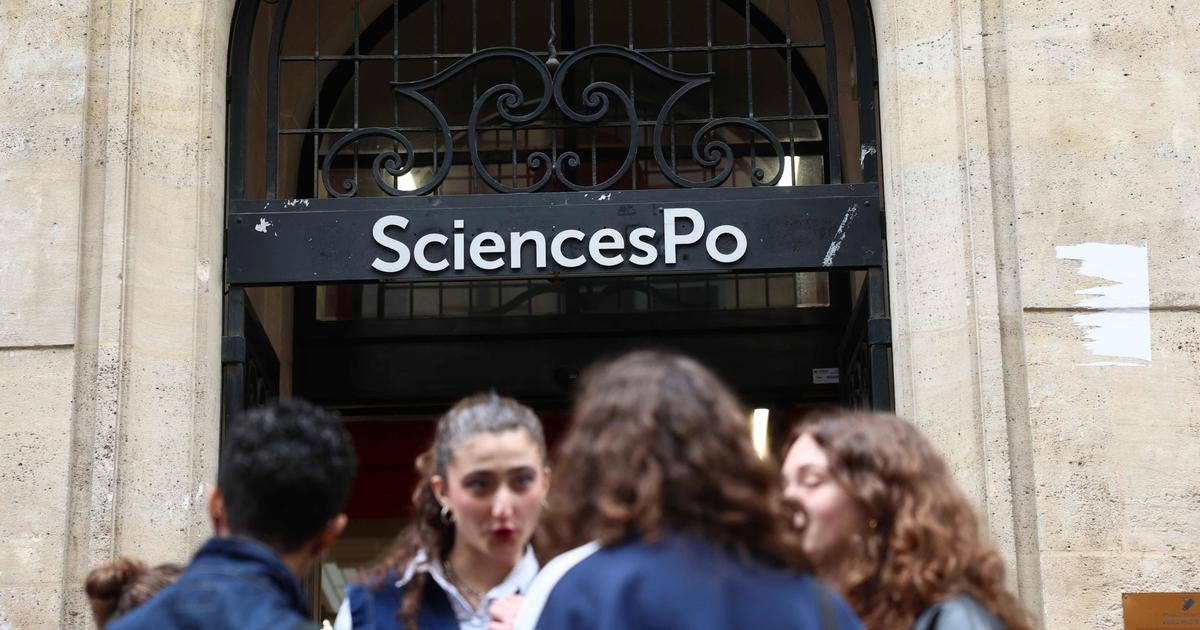Editor's Note: David Paltiel is a professor of health policy and management at both the Yale School of Public Health and the Yale School of Management. Rochelle Walensky is chief of Infectious Diseases at Massachusetts General Hospital and professor of Medicine at Harvard Medical School. The opinions expressed in this comment belong to the authors. See more opinion at cnne.com/opinion
(CNN) - American colleges and universities face an existential crisis. Caught by an immediate cash flow problem, most schools believe they must reopen or face the financial ruin of dropping enrollment if classes are taught entirely online in the fall. But with the reopening there is a risk of calamity.
According to the Chronicle of Higher Education, 24% of the surveyed universities say at this time that they will give classes completely or mostly in person. 16% say they intend to provide a hybrid model, which will combine in-person classes with those taught online. Several institutions have announced that they will screen all students frequently, but many others plan to rely on randomized or symptom-based tests, which our research found is not enough to prevent outbreaks.
Our study, published in the JAMA Network Open, shows that there is a way to control coronavirus and reopen residential campuses safely: all students should undergo a quick and inexpensive covid-19 test every 2-3 days and follow precautions. of security like wearing masks and maintaining social distance. Isolating students who tested positive is also very important in preventing outbreaks on campus.
- LOOK: Crisis over covid-19 could transform universities forever
Our study mathematically modeled the spread of the virus in a hypothetical university with approximately 5,000 students. We started with 10 students who showed up on campus already infected, and then planted the student population with a small number of new cases (for example, an off-campus party) over the course of an 80-day semester. We ran various scenarios based on assumptions about how infectious covid-19 was and looked at what would happen to the numbers of infections when we simulated regular testing for all students and isolation for those who tested positive.
We found that by regularly evaluating all students, not just those with symptoms, colleges could prevent outbreaks and keep the campus safe. When we modeled only symptom-based tests, outbreaks occurred in each of the scenarios we investigated.
Our model suggests that this testing frequency should cost between $ 120 and $ 910 per student during the semester, a high price but that it will not be prohibitive for many schools. Preliminary studies and pilot programs suggest that saliva-based tests will soon be cheaper, faster, and more accurate than nasal swabs, making regular tests more feasible for universities.
It is important to note that we find that the frequency of testing is the most important factor a university can control, even more important than the accuracy of the tests. In fact, we found that a cheaper, less accurate test performed better than a more expensive one if the cheaper test was administered more frequently and the response time was fast.
Suppose a university has 100 infected students. A 70% sensitive test will catch 70 students the first time it is administered. The next round of testing, if done over a 2-3 day period, will likely detect another 21 of the remaining 30 cases, identifying a total of 91% of infections in just a few days.
- MORE: OPINION | If baseball can't be safe, how can schools be?
We were surprised to find that testing is possible too often. Excessive testing, even with a test that only produces false positives 2% of the time, ends up filling the isolation facilities with uninfected students incorrectly identified as infected, which wastes money and resources, makes people anxious and undermines the credibility of the testing program. To address the possibility of over-evaluation, schools can start the semester evaluating every 2 or 3 days, and then consider re-marking the frequency if the situation warrants it.
We were not surprised to discover, however, that symptom-based testing alone in a residential university setting would not be sufficient to contain an outbreak. University officials cannot move fast enough if they wait until students begin to show symptoms: the virus is all too easily transmitted by highly infectious and asymptomatic "silent propagators" living nearby. This is especially a problem if there are sporadic parties or other gatherings leading to outbreaks. Even now during the summer, with only a few people on campus, several universities have suffered outbreaks among students who have attended sports practices or parties. You cannot catch up with this virus.
But if students are evaluated every 2 or 3 days, universities potentially have enough time to isolate confirmed cases and keep campuses safe. Students and administrators don't have to disagree when it comes to staying safe: Universities should institute a broader program that not only tests, but also provides realistic and compassionate guidance on low-risk connection options social and human intimacy.
- MORE: Closing schools allowed significantly fewer cases and deaths from covid-19, says study
We recognize that regularly evaluating all students sets a very high bar (logistical, financial, and behavioral) and that this may be beyond the capacity of many universities and their students. But in the absence of periodic testing, the consequences of an outbreak can be deadly, and staff members, along with the oldest and most vulnerable members of the surrounding community, can suffer disproportionately.
Our research suggests that many schools can safely reopen with quick, less expensive tests administered regularly. Colleges and universities cannot afford to reopen based on randomized testing or symptom-based monitoring. At the end of the day, given the dangerous risks involved, a school that cannot assess all of its students regularly or maintain control over good prevention practices must ask itself if it has to reopen its activity.
Universities






/cloudfront-eu-central-1.images.arcpublishing.com/prisa/2GNBO4PDRBFIZPEA56Z5BU5F7U.jpg)








